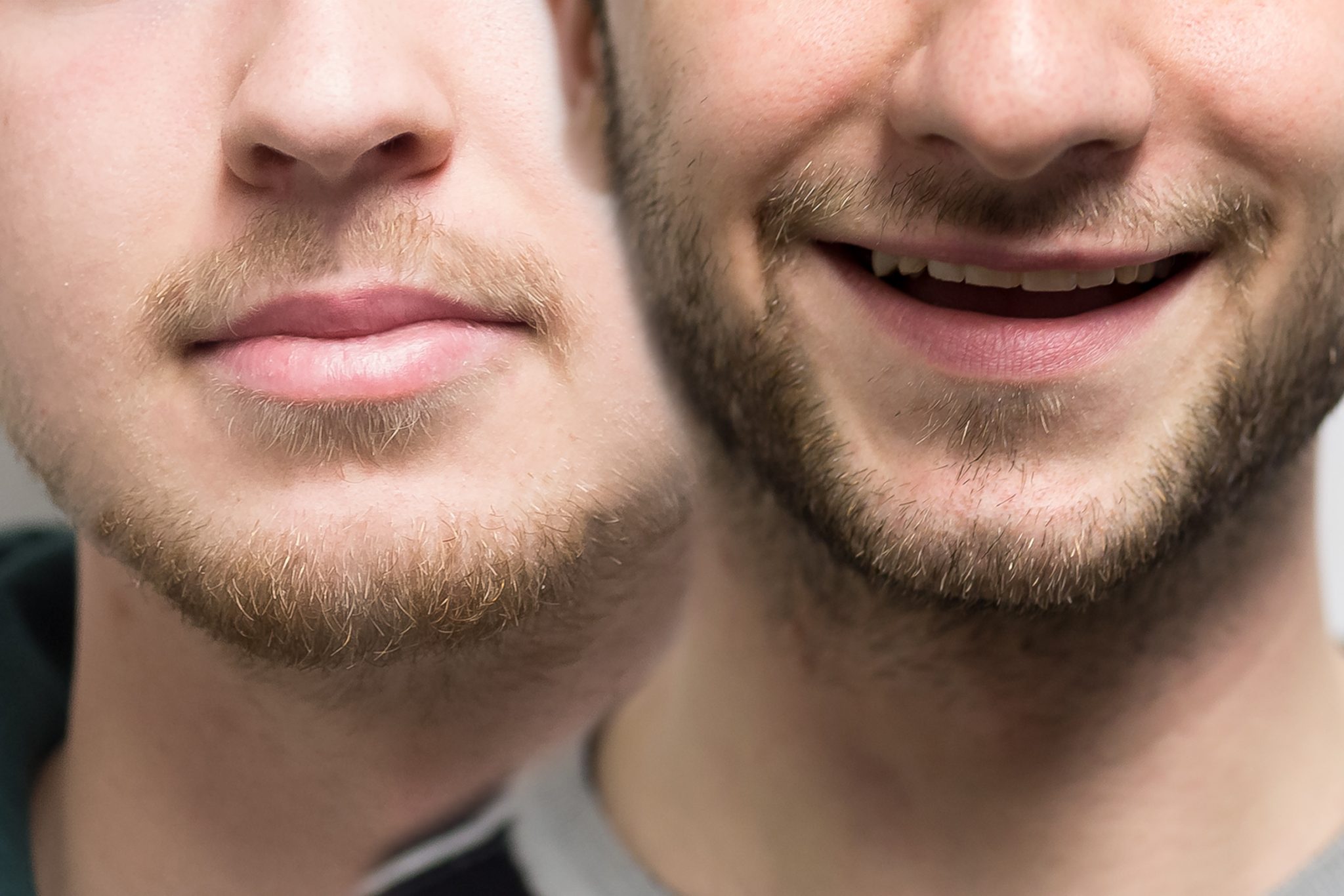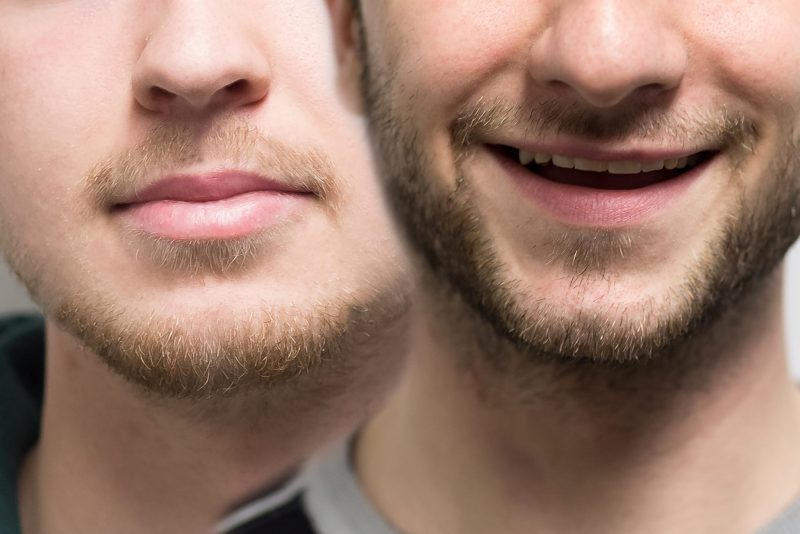Forcing a smile for the camera isn’t genuine


My family takes a lot of pictures, so many that I sometimes lose count.
Pictures give us a way to share our memories — good and bad — with those around us and each photograph expresses something different.
You will never be able to capture the same exact moment twice and, in many ways, that’s the beauty of it.
However, today there are so many different online platforms where we can share our pictures, be it professional platforms like LinkedIn or personal like Facebook and Instagram.
Despite the variety of platforms, one thing remains the same — the assumption that there is a correlation between how much you smile in a picture and how happy you are in real life.
One thing I vividly remember from a young age is being told to “smile for the camera.”
I recall numerous times when such a smile seemed, quite obviously, artificial.
I put on this smile anyway.
I wasn’t an unhappy child — far from it.
The bottom line is that our emotions are more complicated than a smile or a frown and by reducing them, our pictures can quickly become generic and repetitive.
It was just that when someone put a camera in front of me, I wasn’t able to produce a genuine smile.
But then it struck me.
If the goal of a photograph is to capture a memory, then isn’t it counter intuitive to expect someone to capture only the happy moments in their lives, or at least act happy all the time?
After all, it’s the silly pictures with the funny facial expressions that I still remember from my childhood.
They accurately captured how I genuinely felt in that moment.
Do you always need to smile in pictures?
The answer is no — not if doing so makes you feel clearly uncomfortable.
There’s nothing wrong with a picture capturing a genuine smile.
However, what I am suggesting is that we need to stop assuming that there is only one emotion that can be expressed through a photograph.
In fact, each of us expresses a range of emotions in our daily lives.
A smile only captures one side of ourselves and, by extension, one portion of a memory.
The bottom line is that our emotions are more complicated than a smile or a frown and by reducing them, our pictures can quickly become quite generic and repetitive.
As the adage goes: a picture is worth a thousand words.
We need to transition towards using pictures as a way to generate a more complete representation of our everyday emotions.


